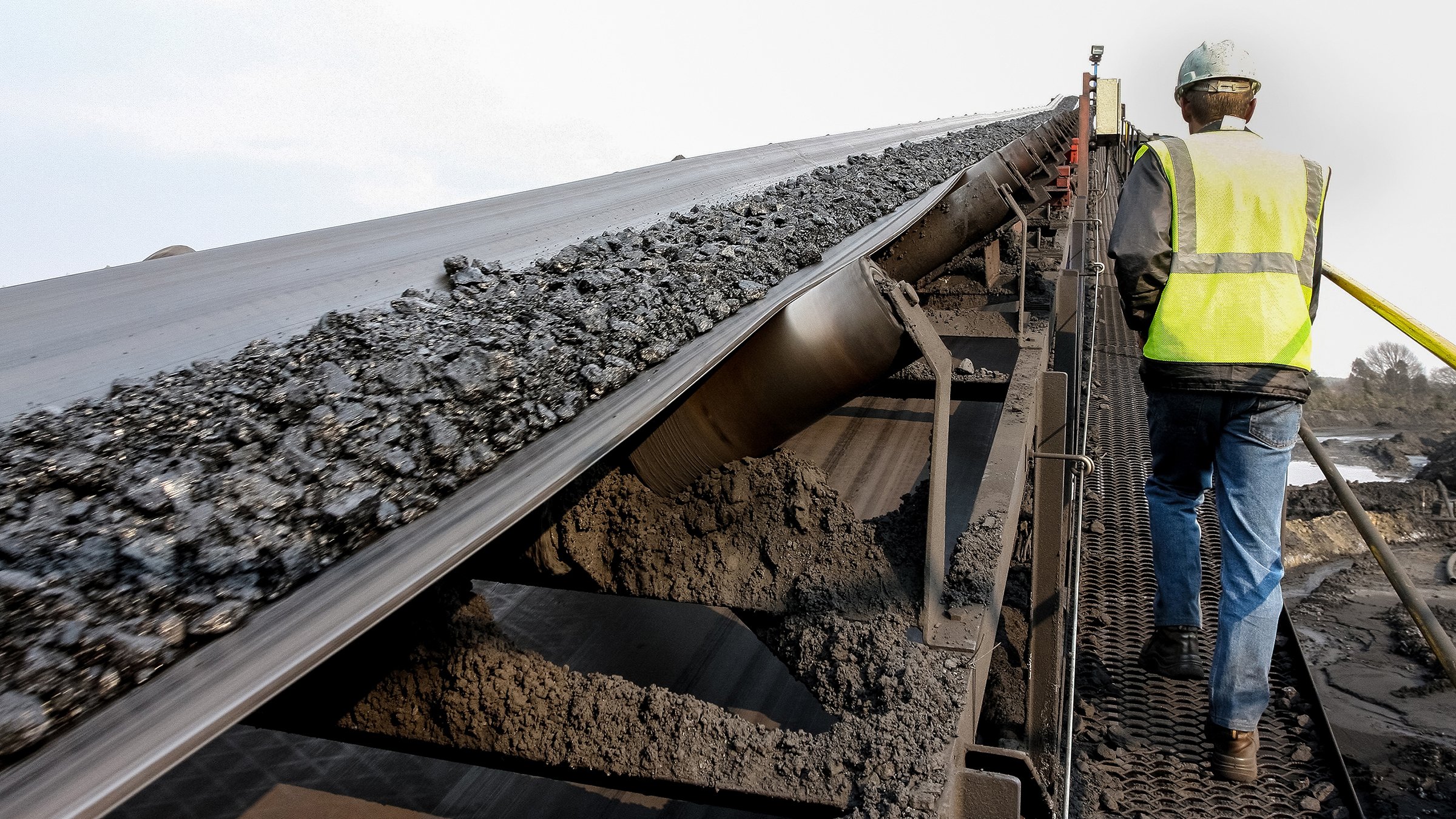Recommended For You
Challenge
Discover how to model a system with both continuous and discrete behavior.
Solutions
Arena incorporates full design into model to encompass each step including cycle times and manual actions.
Results
The concept showed successful for this specific situation and yielded results that showed viability in specific situations.
Background
The best simulation tools provide ways to model one or another system. But sometimes, the system has just a small portion of continuous behavior, and the use of continuous tools to model requires the understanding of a whole new set of commands and parameters. The lack of knowledge of the simulation tool is one of the most common mistakes on simulation approach (Freitas Filho 2001).
Usually, simulation professionals have expertise on modeling discrete or continuous systems, but not both of them, because it usually comes from experience with companies of a single kind of system. In some cases, the continuous behavior itself is not the most important thing to represent on the system, comparing with the complexity of the rules to use it. That’s exactly the case of the conveyor ore transportation to a steelmaking plant. These facilities has a large conveyor network with many transportation alternatives. Working together, many route possibilities can be made with these conveyors.
The process of choosing the best route and even the most important transportation to be made at the specific moment are much more complex than the continuous behavior itself. But a good representation of the continuous part of the system remains very important. So, this paper proposes a way to model these systems with only discrete tools, but with a very precise representation of the continuous behavior. The way to do it is modeling the material flow as big “portions”, that are treated as discrete entities on the modeling code. There is a big difference between a continuous material flowing and big portions of that material moving, but if the whole material leaves the starting position at the same rate and arrives the destination position at the same time in both situations, the final result will be exactly the same too.
An opportunity to prove the efficiency of this technique representation is a case study made on the steelmaking company COSIPA (Companhia Siderúrgica Paulista), where all raw material yards were modeled. From the arrival by train, truck, ship or external conveyor to stock on ore yards, and subsequent use on the many processing units at the plant. The company has a large conveyor network to move all raw materials throughout the system.
Challenge
The process of choosing the best route and even the most important transportation to be made at the specific moment are much more complex than the continuous behavior itself. But a good representation of the continuous part of the system remains very important. So, this paper proposes a way to model these systems with only discrete tools, but with a very precise representation of the continuous behavior. The way to do it is modeling the material flow as big “portions”, that are treated as discrete entities on the modeling code. There is a big difference between a continuous material flowing and big portions of that material moving, but if the whole material leaves the starting position at the same rate and arrives the destination position at the same time in both situations, the final result will be exactly the same too.
Solution
To build the model, the system was represented based on the schematic shown in the Figure 6 in the whitepaper referenced below, that has 4 main divisions:
- Material arrival: this represents all material arrival at the system, and the process to choose its destination;
- Material storage (stockpiles): represents the material handling at the yards, like the use of stacker and reclaimers, and the lanes choose to stock or remove the material;
- Material consumption: the final destination of the materials. Some facilities receive materials but generate others, like the blendings producing mixture, or sinterings producing sinter;
- Transportation system: the conveyor network itself, including the decision about the best route to move the material and correct utilization of the conveyors.
Results
The experiments with the model confirmed that the continuous behavior and its integration with the discrete elements was successful. The concept can be applied on any situation where a system has “discrete to continuous” and also “continuous to discrete” situations. It is also adequate where a most detailed control is required on the material movement, like the use of only part of some conveyor as component of a route.
Despite that, this technique is not recommended to model complete continuous systems, or continuous with small discrete sectors. These cases, like the one presented by Franzese et al. (2006), are best suited to be modeled by an specific continuous tool because of the intense interaction of tanks and ducts with liquid flow.
公開 2014年7月31日
